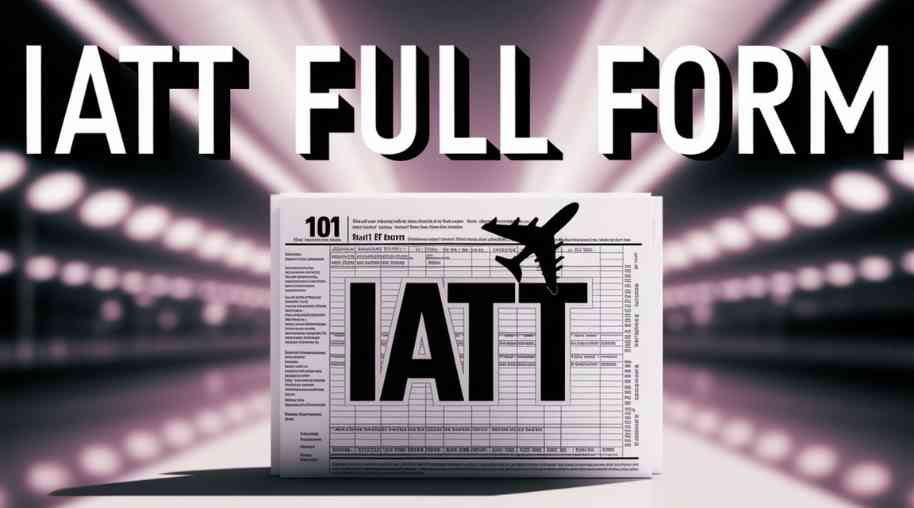NDTL Full Form-Net Demand and Time Liabilities
by Shashi Gaherwar
0 2557
Understanding Net Demand and Time Liabilities (NDTL): Significance, Calculation, and Impact on Banking
Net Demand and Time Liabilities (NDTL) is a crucial banking concept that determines liquidity management, reserve requirements, and monetary policy regulations of financial institutions. It plays a pivotal role in shaping how banks manage their deposits and maintain cash reserves as per regulatory requirements. Understanding NDTL is essential for banking professionals, financial analysts, and investors as it directly influences credit creation, interest rates, and overall economic stability.

This article delves into the definition, components, calculation, significance, and impact of NDTL on the banking sector and the broader economy.
What is Net Demand and Time Liabilities (NDTL)?
NDTL refers to the total demand and time liabilities (deposits) of a bank after accounting for the deposits held with other banks. It represents the sum of all customer deposits that banks must manage while adhering to regulatory reserve requirements like the Cash Reserve Ratio (CRR) and Statutory Liquidity Ratio (SLR).
In simple terms, NDTL is a measure of a bank’s obligations to its customers and influences the amount of reserves it must maintain with the central bank.
Components of NDTL
NDTL is broadly classified into three key components:
- Demand Liabilities:
- Current Account Deposits: Funds in checking accounts that customers can withdraw on demand.
- Savings Account Deposits: Deposits that earn interest but can be withdrawn anytime, subject to some restrictions.
- Demand Drafts and Banker’s Cheques: Instruments that represent payment obligations.
- Unclaimed Deposits: Amounts that remain inactive but are still liabilities for the bank.
- Time Liabilities:
- Fixed Deposits (FDs): Deposits with a pre-determined maturity period, earning higher interest rates.
- Recurring Deposits (RDs): Deposits where customers contribute fixed amounts at regular intervals for a defined term.
- Term Deposits from Other Banks: Interbank deposits that are repayable after a certain period.
- Certificates of Deposit (CDs): Negotiable financial instruments issued by banks for a fixed term.
- Other Liabilities:
- Margins for Letters of Credit (LCs) and Guarantees: Cash margins held by banks against issued guarantees.
- Unsecured Loans and Advances: Credit liabilities that the bank owes to other institutions.
- Call Money Borrowings: Short-term funds borrowed from the interbank market.
How is NDTL Calculated?
The formula for calculating NDTL is:
NDTL = (Demand Liabilities + Time Liabilities) – Deposits with Other Banks
For example, if a bank has:
- Demand Liabilities: ₹5,000 crore
- Time Liabilities: ₹10,000 crore
- Deposits with Other Banks: ₹1,500 crore
Then, NDTL = (5,000 + 10,000) – 1,500 = ₹13,500 crore
This amount determines the reserves that the bank must maintain with the central bank under CRR and SLR regulations.
Importance of NDTL in Banking
NDTL is a critical measure in banking as it impacts the regulatory framework, financial stability, and operational efficiency of banks. Some of its key implications include:
- Determining Cash Reserve Ratio (CRR) and Statutory Liquidity Ratio (SLR):
- CRR: A percentage of NDTL that banks must maintain as cash reserves with the central bank to control liquidity.
- SLR: A portion of NDTL that banks must invest in government-approved securities to ensure financial stability.
- Impact on Credit Availability: A higher NDTL means banks have more liabilities, influencing their ability to extend loans. Changes in CRR and SLR affect the loanable funds available in the banking system, impacting economic growth.
- Regulatory Compliance: Banks must regularly report their NDTL figures to the central bank to ensure compliance with reserve and liquidity requirements. Non-compliance can result in penalties or restrictions on lending activities.
- Liquidity and Risk Management: Understanding NDTL helps banks optimize their liquidity and manage financial risks effectively. Maintaining the right balance between demand and time liabilities ensures that banks can meet withdrawal requests while maximizing investment opportunities.
- Influence on Monetary Policy: Monetary authorities analyze NDTL trends to adjust interest rates, control inflation, and regulate money supply. An increase in NDTL can indicate higher banking liabilities, influencing policy decisions to maintain economic stability.
Impact of NDTL on the Economy
NDTL not only affects individual banks but also has broader implications for the economy:
- Interest Rates: Higher reserve requirements due to increased NDTL can lead to higher interest rates, affecting borrowing and investments.
- Inflation Control: By regulating NDTL, central banks manage inflation by controlling the money supply in the economy.
- Financial Stability: A well-regulated NDTL ensures that banks remain solvent and capable of handling financial crises.
Net Demand and Time Liabilities (NDTL) is a fundamental banking concept that influences financial stability, liquidity management, and monetary policy. By understanding its components, calculation, and impact, banking professionals and policymakers can make informed decisions to ensure efficient financial operations. Since NDTL directly affects reserve requirements like CRR and SLR, it remains a key determinant of banking liquidity and economic growth. As financial markets evolve, monitoring NDTL will continue to be essential for maintaining a robust and resilient banking system.
Further Learning Resources
If you’re passionate about building a successful blogging website, check out this helpful guide at Coding Tag – How to Start a Successful Blog. It offers practical steps and expert tips to kickstart your blogging journey!
For dedicated UPSC exam preparation, we highly recommend visiting www.iasmania.com. It offers well-structured resources, current affairs, and subject-wise notes tailored specifically for aspirants. Start your journey today!

Share:








Comments
Waiting for your comments